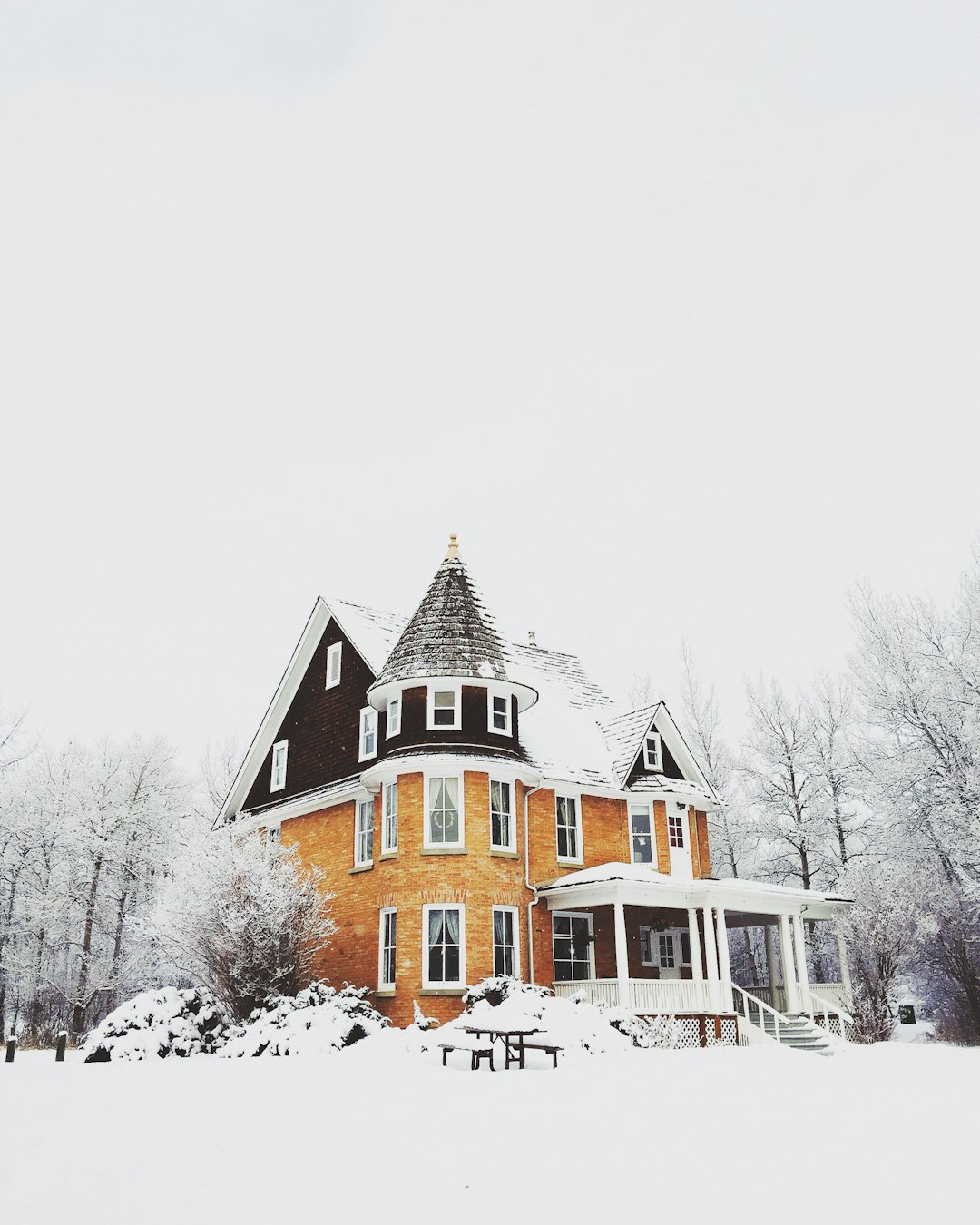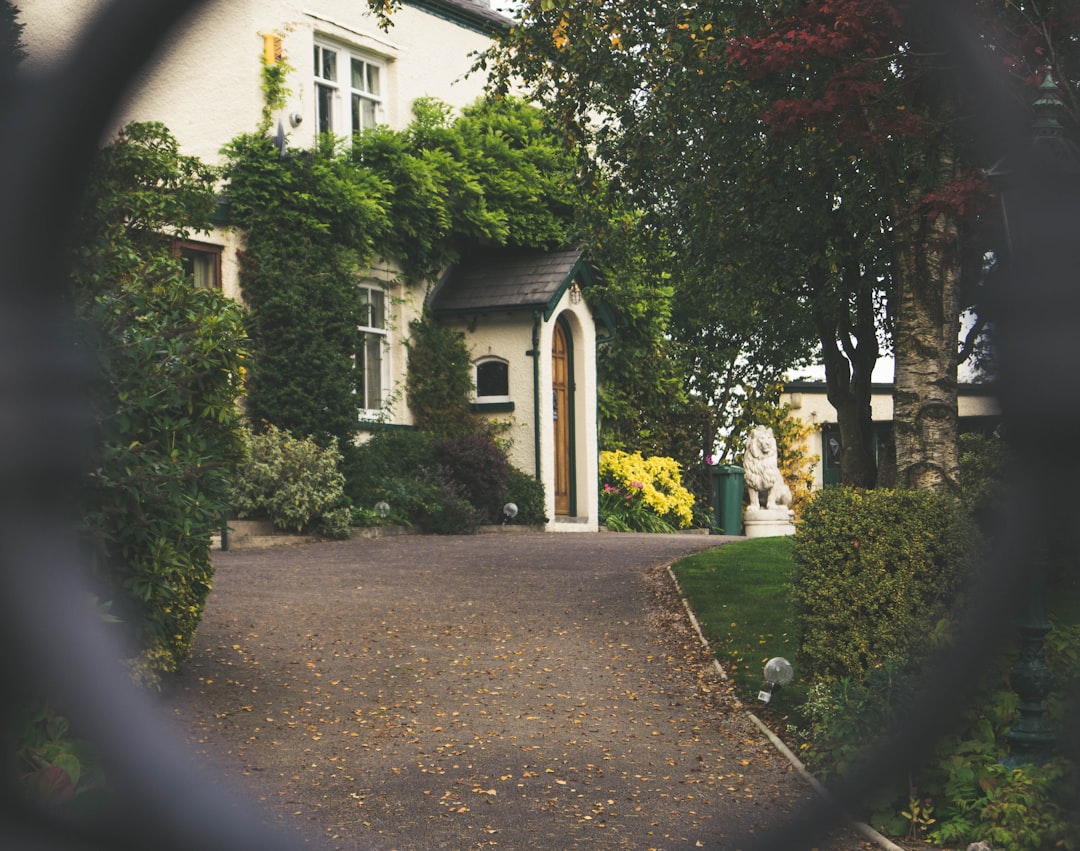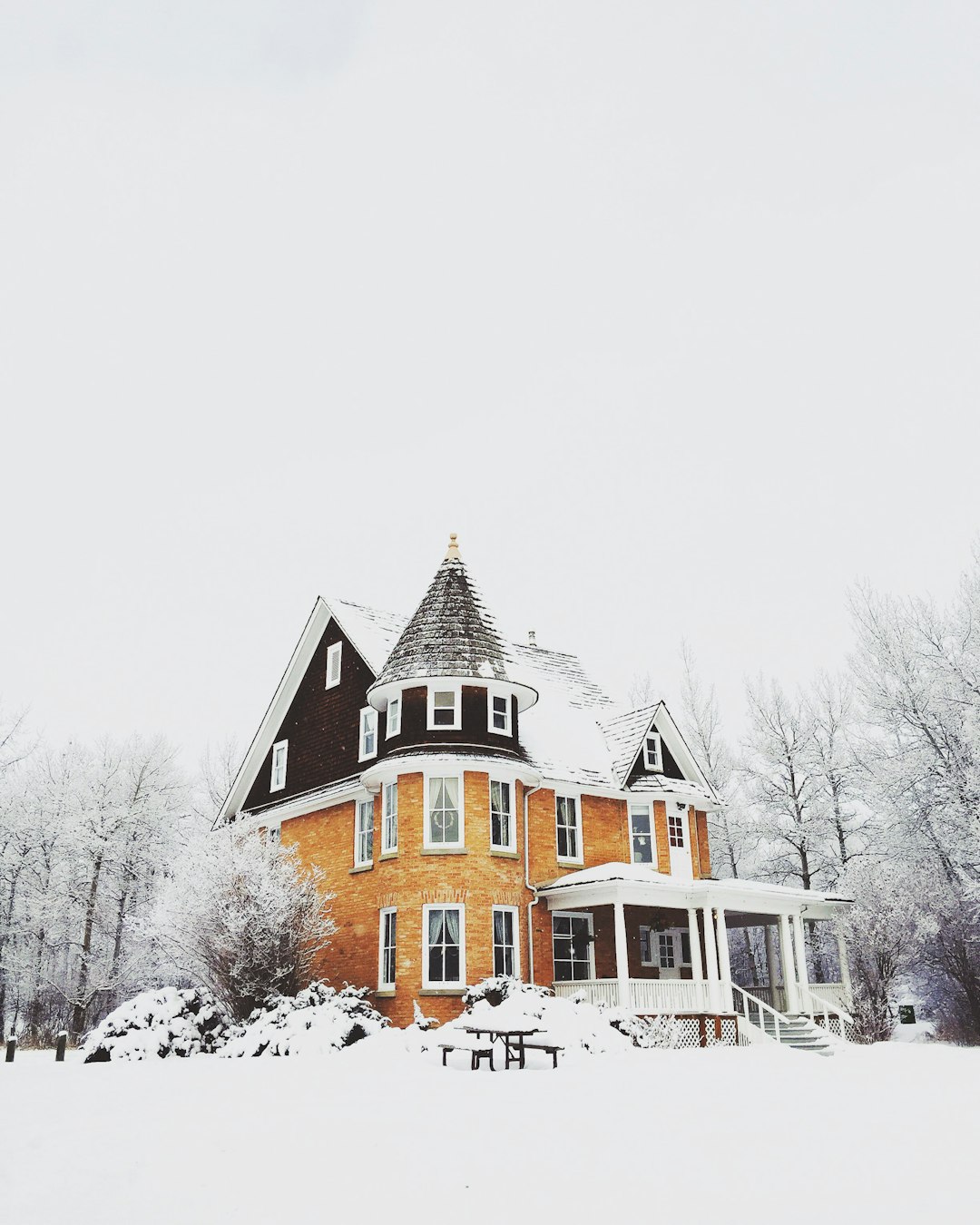Heritage homes are irreplaceable artifacts that embody historical architectural styles and offer a window into our past. The process of restoring these homes is a dedicated effort to preserve history, offering educational value and cultural heritage for future generations. It involves careful assessment by conservation experts, detailed planning with local authorities, and a commitment to using authentic materials and techniques to maintain the homes' original integrity. This meticulous restoration, guided by preservation laws and complemented by financial incentives, ensures that these homes remain functional while standing as testaments to their respective eras. The result is a revitalized historical home that serves as an immersive museum, providing a tangible connection to our history, and the effort to maintain them underscores the importance of cultural legacy and community identity. Restoring heritage homes not only honors the past but also contributes to sustainable practices by reusing existing structures, thereby preserving valuable local histories within the character of neighborhoods.
Heritage homes stand as testaments to architectural ingenuity and historical narrative. This article delves into the delicate process of restoring these national treasures, ensuring their structural integrity and cultural legacy endure for future generations. We explore the significance behind heritage home preservation, outline strategic planning methods for restoration endeavors, and examine the intricate techniques and materials employed by craftsmen in this specialized field. Additionally, we navigate the complex regulatory landscape and available incentives that govern such projects. Through this journey, readers will gain a deeper appreciation for the value of preserving our built heritage.
- Understanding the Significance of Restoring Heritage Homes
- Assessing and Planning for the Restoration Process of Historical Homes
- The Art of Preservation: Techniques and Materials in Heritage Home Restoration
- Navigating Regulations and Incentives in the Restoration of Historical Homes
Understanding the Significance of Restoring Heritage Homes

Heritage homes hold a unique place in the cultural and architectural landscape of many regions. Their restoration is a task that transcends mere physical upkeep; it encompasses preserving a piece of history, a narrative that has been woven into the very structure over the years. These homes serve as tangible reminders of past eras, reflecting the craftsmanship and design principles of their times. The significance of restoring such properties lies in their ability to educate future generations about historical architectural styles and the societal norms of different periods. It also involves safeguarding local heritage and maintaining the character of neighborhoods that might otherwise be lost to time or overshadowed by modern developments. By investing in the conservation of these homes, communities can foster a deeper appreciation for their collective history and ensure that the stories they tell continue to resonate with new audiences. Moreover, this process supports sustainable practices by repurposing existing structures rather than consuming new resources for construction. It is a commitment to preserving not just physical landmarks but also the cultural legacy they represent.
Assessing and Planning for the Restoration Process of Historical Homes

When embarking on the restoration of heritage homes, a meticulous assessment and detailed planning are paramount to preserve the architectural integrity and historical significance of these structures. The process begins with a thorough evaluation of the home’s current state, considering factors such as structural stability, material condition, and the extent of historical features intact. This examination enables stakeholders to understand the scope of work required, from minor repairs to extensive renovations.
Planning for the restoration of heritage homes is a delicate endeavor that requires a multidisciplinary approach. Architects, historians, conservators, and local authorities must collaborate to develop a preservation strategy. This plan should adhere to best practices in heritage conservation, ensuring that any interventions are reversible and that original materials and craftsmanship are respected. The aim is to revitalize these treasures without compromising their historical essence or architectural value. In doing so, the restored homes can serve as living testaments to past eras, offering future generations a tangible connection to our heritage.
The Art of Preservation: Techniques and Materials in Heritage Home Restoration

Restoring heritage homes requires a delicate balance between maintaining historical integrity and ensuring the structure’s longevity. The art of preservation in this context involves the meticulous use of appropriate techniques and materials that honor the architectural significance of these properties. Skilled craftsmen employ traditional methods alongside modern technology to stabilize and revive these homes, ensuring they stand as a testament to their original design and era. This symbiotic approach allows for the seamless integration of contemporary building practices with time-honored techniques, resulting in structures that are both functional and authentically representative of their historical context.
The choice of materials is paramount; artisans select materials that match the originals as closely as possible, considering factors such as texture, color, and durability. For instance, lumber used in restoration should be sourced to match the species, cut, and age of the original timber. Similarly, paint and other finishes are chosen for their ability to replicate the appearance of materials used at the time of construction. This commitment to authenticity extends to hardware and fixtures, which are often custom-forged to reflect the home’s historical period. The end result is a heritage home that not only preserves its architectural significance but also stands as a living museum, offering future generations a tangible connection to the past.
Navigating Regulations and Incentives in the Restoration of Historical Homes

Navigating regulations and incentives is a critical aspect of restoring heritage homes with architectural or historical significance. These structures often fall under stringent preservation laws designed to maintain their integrity while allowing for necessary updates. Homeowners embarking on such projects must familiarize themselves with local, state, and federal guidelines that govern historical home restoration. These regulations dictate appropriate materials, construction methods, and design elements that adhere to the original character of the property. Understanding these requirements is not only a legal necessity but also ensures that the home’s historical value is preserved for future generations.
To assist with the financial aspects, various incentives are available to qualifying heritage homes restoration projects. These can include tax credits, grants, and other forms of financial assistance aimed at promoting the preservation of significant architectural landmarks. It is imperative for interested parties to explore these opportunities early in the process as they can significantly reduce costs associated with renovating a historical home. Engaging with local heritage societies or conservation authorities can provide guidance on accessing these incentives and navigating the complex framework of regulations that govern restoration work. These entities often have a wealth of knowledge regarding best practices and can be invaluable allies in the endeavor to restore and maintain these treasured properties.
Heritage homes stand as testaments to our past, each with its own story to tell. The process of restoring these structures is not merely a preservation endeavor but an investment in the cultural and historical fabric that defines our communities. This article has outlined the critical steps and considerations necessary to navigate the complexities of restoring heritage homes, emphasizing the importance of understanding their significance, meticulously planning the restoration process, and applying specialized techniques with appropriate materials. Furthermore, it is clear that engaging with regulations and incentives designed to support such endeavors is essential for successful stewardship. As we continue to face challenges in maintaining our architectural legacy, this guidance serves as a roadmap for those passionate about safeguarding these irreplaceable treasures. Preserving historical homes ensures their survival for future generations to admire and learn from, thereby enriching our shared heritage.
